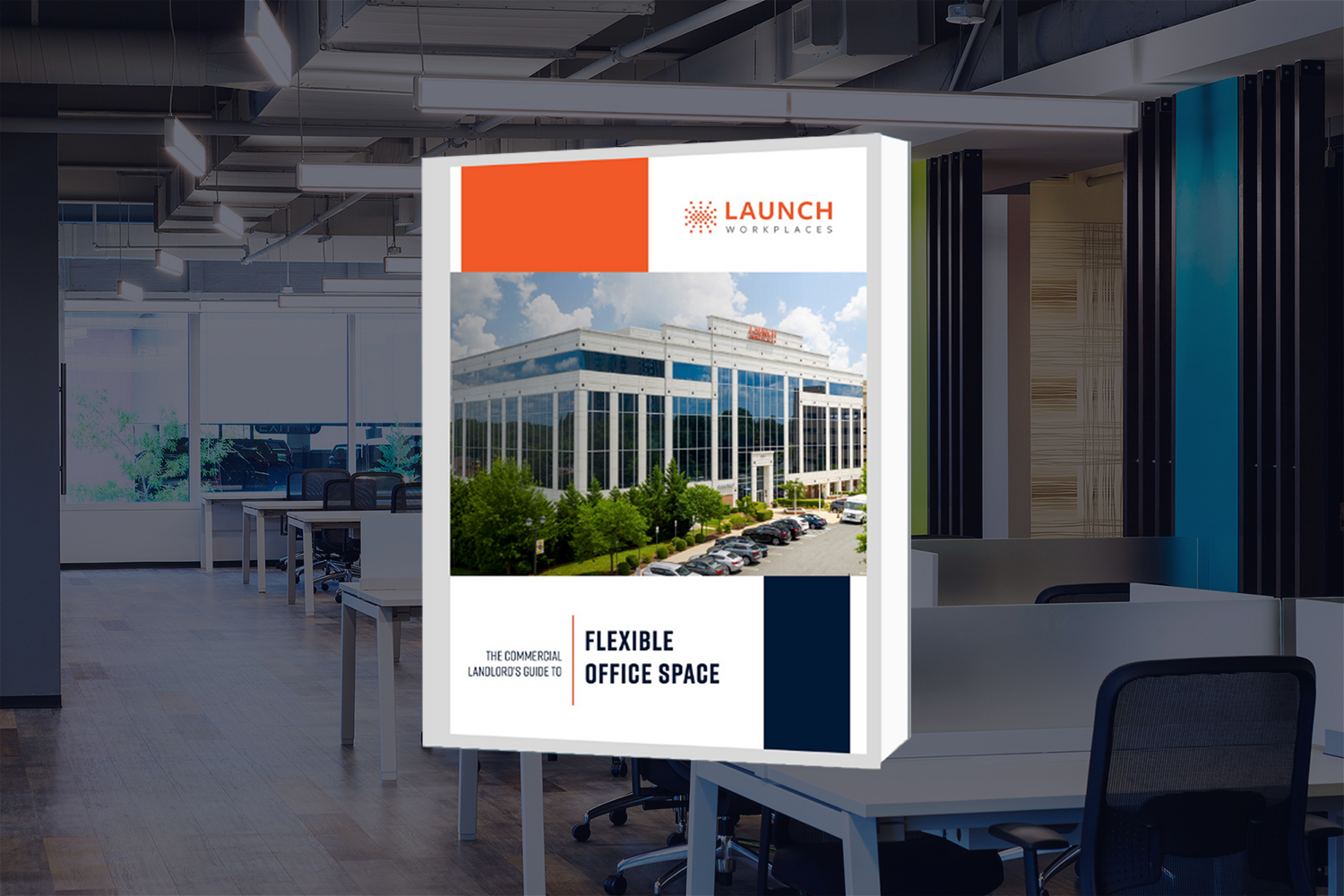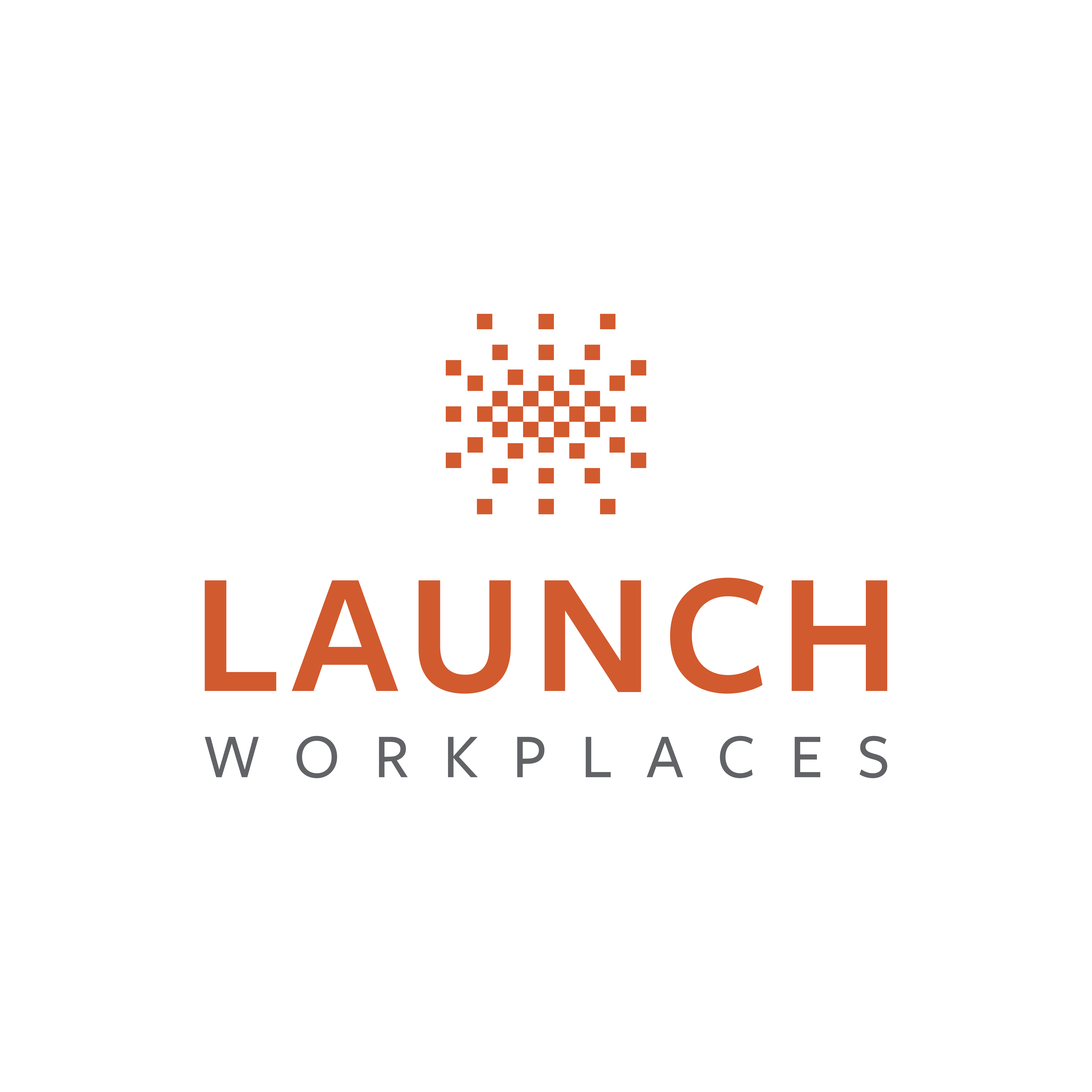As the commercial real estate business is changing, large-scale tenants are re-evaluating their options, and sizable spaces are starting to go vacant, it begs one very important question: how can landlords reduce the negative impact of these vacant spaces on their bottom lines?
Finding the best possible approach comes down to asking the right questions and deciding on the right solution for your situation.
3 Questions You Need to Ask When Deciding How to Handle Vacancies
When contemplating the best avenue to pursue with your building, you need to ask yourself three big questions.
What Rate Can You Charge Right Now?
Let’s say you’ve got 10,000 square feet to fill and you’re trying to decide what to do with it. The first thing you need to examine is the rates you can command per square foot right now.
In many cases, what I’m seeing is that landlords are hesitant to do 10-year deals on large-scale spaces because, in many locations, asking rates have fallen between 10% and 20% from pre-pandemic levels.
So, you have to ask yourself: what rate can I start this deal at?
What Do You Have to Give Away to Get a Deal Done?
Next, you need to consider what you’ll have to give away in order to secure your new tenant.
Think about it: if it’s going to cost you…
- Hundreds of thousands of dollars in TI (tenant improvement allowance)
- 1 month of free rent for every year of the deal (all upfront)
- Broker commissions on a 10-year lease deal
Concession packages (the cost of the items listed above) are sky-high right now, and the large number of vacancies have created a buyer’s (tenant) market. When you add the logistics issues for everything to get done, you have huge concession packages to contend with.
How Long Will It Take You To Get My Money Back?
The last question is simple: how long will it take to get my money back on this deal?
Notice that the question has nothing to do with the return on the deal. There’s a subtle nuance there. Many people are doing deals right now that only return their original capital investment.
Broadly speaking, most commercial office deals return the owner’s capital in five to seven years. That’s not terrible on a 10-year deal–the last three to five years are where you really get your return.
But today, there is no guarantee of any return whatsoever.
A colleague of ours just did a 10-year deal where they are made whole in year 10. This means they get no profit. Their hope is that the tenant will sign a renewal and they will make money on the next deal.
That’s quite an extreme example and I’m not implying all deals are like this, but who wants to do something along these lines?
More importantly, who can afford to do deals like this?
3 Options to Consider When Evaluating Your Best Course of Action
Now that you’ve looked objectively at the tough questions, the only thing that remains is deciding what to do.
And, as I see it, you’ve got three options.
1. Do the Deal
If you really need the occupancy, you can simply do the deal, understanding the challenges and issues it poses and being willing to deal with them regardless.
2. Leave It Dark and Close the Doors
You can decide that it’s just not worth it: rates are down, concession packages are up, and you don’t want to do long-term deals. So, you just leave it dark and close the door.
3. Get Creative and Go Flexible
Instead of trying to lease 10,000 square feet, you can break that space up into smaller suites, light them up with WiFi, furnish them, and do really flexible things for the next few years. Flexibility will also offer faster returns than a traditional lease.
On top of that, the build-out for these does not have to be ‘market TI’. If you have existing space, you can work with that and modify the space.
And most flexible deals with short-term leases don’t require concessions. If someone wants space for 15 months, they aren’t expecting much–if any–free rent period. Most of these deals do not involve brokers, so there is no commission. And saving between three and six percent on a 10,000 square foot lease on a 10-year deal is not insignificant.
Eventually, vacancies will start to decline, things will bounce back, rates will increase, and you’ll be able to reevaluate your options then. You may even fall in love with the flexible option.
In the meantime, I would suggest that considering flexible space provides you the most leeway to continue generating revenue from your space while shelling out as little as possible and freeing yourself from the confines of an ugly ten-year deal.
The Big Factor That Will Create Success with Flexibility
If you opt to go with flexible space, there’s one big factor you need to be cognizant of: flexible office spaces rely heavily on strong, proactive relationships with your members. The human element is one of the biggest selling points for your space.
That is to say, you can’t just leave your tenants alone until the rent’s due. You can’t simply say, “here’s your space, furniture, and internet, see you next year.”
And that’s where a coworking operator comes into play. They act as your dedicated partner, helping to activate your building and create strong, meaningful bonds with tenants.
When you find yourself with large amounts of vacant space in your building, the most important thing is to ask yourself the meaningful questions and then decide on the right course of action.
And, if you decide that flexibility is the best option for you, don’t hesitate to get in touch with me today. I’d be happy to talk you through our managed model and the benefits it can offer you.




